Everything you need to know about Truss Structures.
History of Truss Structures in Venezuela: The Beginnings.
Truss structures have long been used in stage construction and other engineering projects. Although they date back to ancient Rome, where they were used to build bridges and aqueducts, their use in stage construction became popular in the late 11th century.

Back then, truss structures were mainly used for building bridges and towers, but as construction techniques improved, it became possible to build larger and more complex structures. The advent of steel and welding techniques also contributed to their popularity.

In the 1920s, truss structures were widely used in the construction of stages for theatre and opera. These structures allowed for stages with high ceilings and large open spaces, giving performers and audiences greater room to move around and enjoy the show.

Fun Facts About Truss Structures
Truss structures were first constructed of aluminum in the 1950s. The use of aluminum as a truss construction material became popular as it became more widely available and affordable after World War II. Since then, aluminum truss structures have been widely used in a variety of applications, including street theaters , outdoor concerts , event production , and more.
In the 1960s, truss structures became an integral part of the live music industry. Major touring acts by rock and pop bands required ever larger and more complex stages, and truss structures were perfectly suited to this need. As well as providing a stable base for sound and lighting equipment, truss structures also allowed artists to perform stunts and special effects during their performances. Today, truss structures are used in a wide variety of engineering projects, from the construction of bridges and buildings to the production of concerts and live events.
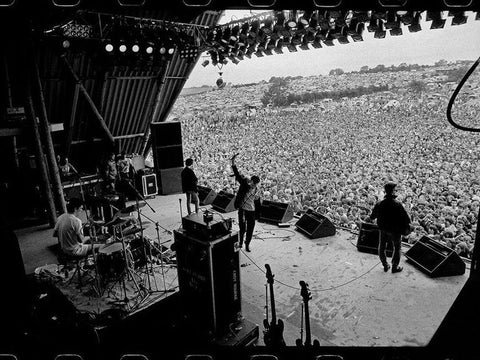
[Rock concert in 1960]
Advantages of Full-Stage brand Truss Structures:
Full-Stage brand truss structures are an excellent choice for any type of event that requires support and stability for lighting and sound equipment. These structures are versatile, sturdy and durable, making them ideal for use at concerts, festivals, corporate events and many other situations.
One of the main advantages of Full-Stage truss structures is their high load-bearing capacity. These structures can support large amounts of weight, making them perfect for hanging speakers, lights and LED projection screens. In addition, their modular design means they can be configured in different sizes and shapes, making them suitable for a wide variety of applications.
Another advantage of Full-Stage truss structures is their durable and sturdy construction. They are made from high-quality materials and undergo rigorous quality testing before being released to the market, ensuring their reliability and safety. In addition, their modular design means they are easy to assemble and disassemble, saving time and effort.
Full-Stage truss structures are also highly versatile in terms of their look and style. They can be customized in different colors and finishes to suit the aesthetics of any event. Additionally, accessories such as covers and drapes can be added to create a visually stunning and engaging experience.
In short, if you are looking for a support and stability solution for your next event, Full-Stage truss structures are an excellent choice. They are strong, durable, versatile and safe, making them suitable for a wide variety of situations. Don’t hesitate to invest in these structures to ensure your event is a success.


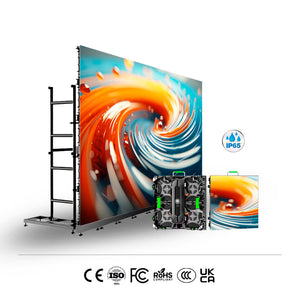
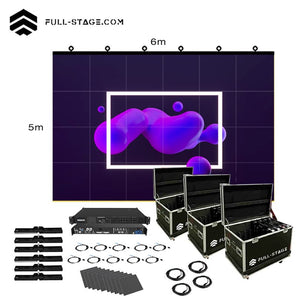
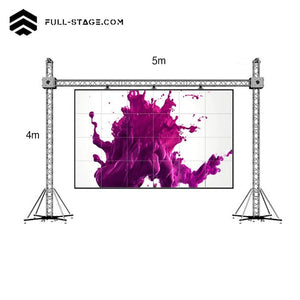

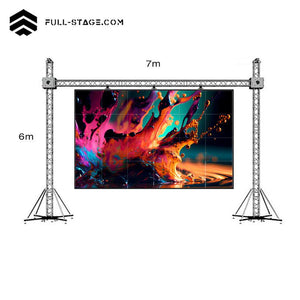

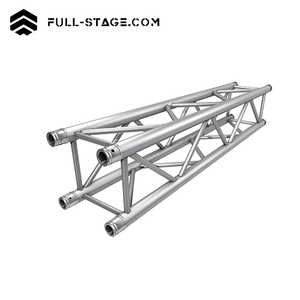
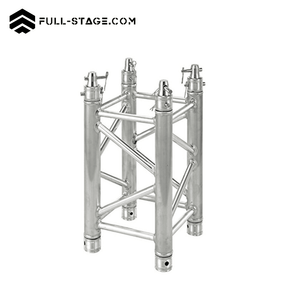


Leave a comment
All comments are moderated before being published.
This site is protected by hCaptcha and the hCaptcha Privacy Policy and Terms of Service apply.